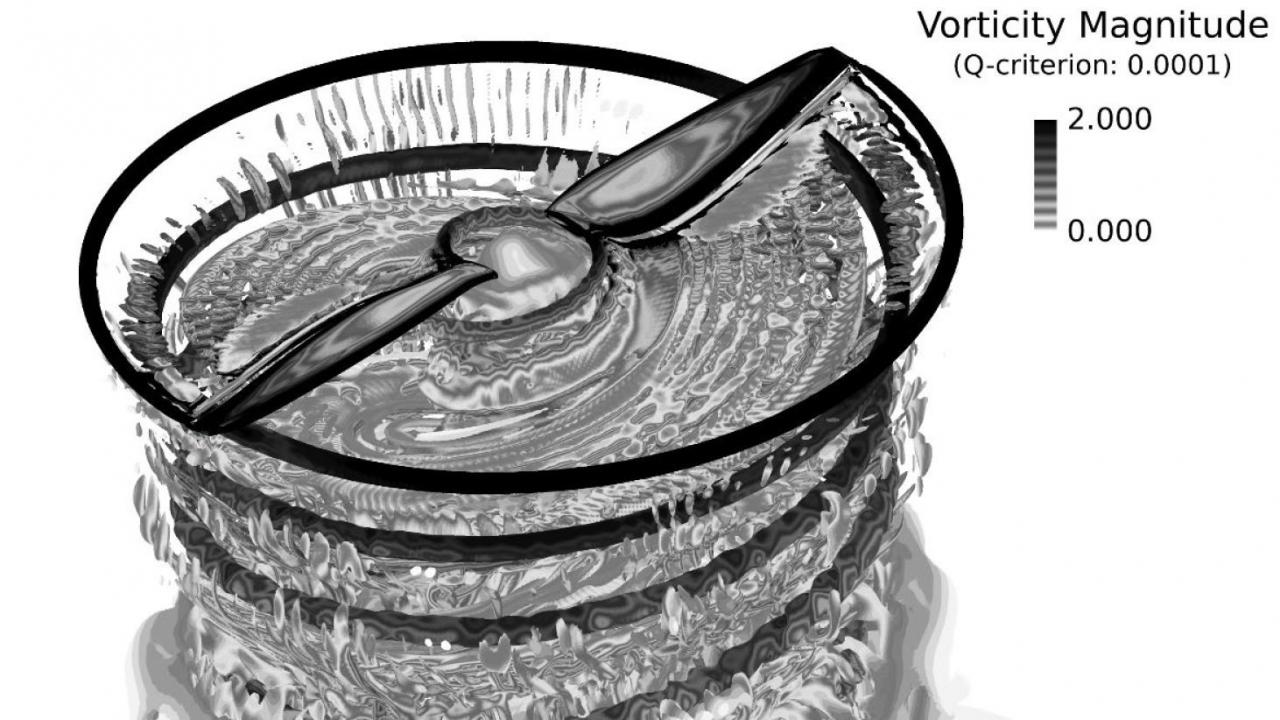
Seongkyu Lee receives NSF high-performance computing grant to study drone noise
Anyone who has seen a small drone flying knows loud buzzing sound it makes as it flies. This sound—the result of air flowing around the vehicle, through the blades and between the rotors—is a barrier to wider acceptance of drones and a problem mechanical and aerospace engineering assistant professor Seongkyu Lee hopes to help solve.
With a new National Science Foundation Extreme Science and Engineering Discovery Environment (XSEDE) grant, Lee and his team will use high-performance computing to accurately simulate the interaction of these different air flows to understand how they generate noise and how it can be reduced.
Simulating air flow around a drone is infinitely complex. Air flows simultaneously around, through and inside the craft, with each flow interacting with one another to cause friction and turbulence. All of this can contribute to craft noise.
“Those complex flow patterns influence the aerodynamic performance and noise and vibration, so it’s critical to capture all the details of the flow features,” said Lee.
Generating detailed, accurate simulations of this flow is an even bigger mathematical challenge than it sounds, as accounting for turbulence is extremely difficult and time-consuming
“We need to solve nonlinear, partial differential equations on several hundred million points at each time step for more than 10,000 time steps,” he said.
This is impossible for humans and overwhelms traditional computers, so the team needs a supercomputer to solve this problem. The XSEDE grant gives Lee time on the Stampede2 high-performance computing center at the University of Texas, which they will use to perform their calculations and develop a new, highly accurate model.
They will then verify their results with experimental simulation data from NASA. Once they have their simulation in place, Lee and his team plan to use it to predict the noise different craft designs will produce in hopes of finding a more ideal design.
“We want to advance technology and our understanding of the physics using high-performance computing,” he said.
The National Science Foundation’s XSEDE program is a virtual system for researchers around the world to share data, expertise and computing resources, including high-performance computing. The grant, rather than being monetary, gives Lee time on the Stampede2 computer.
